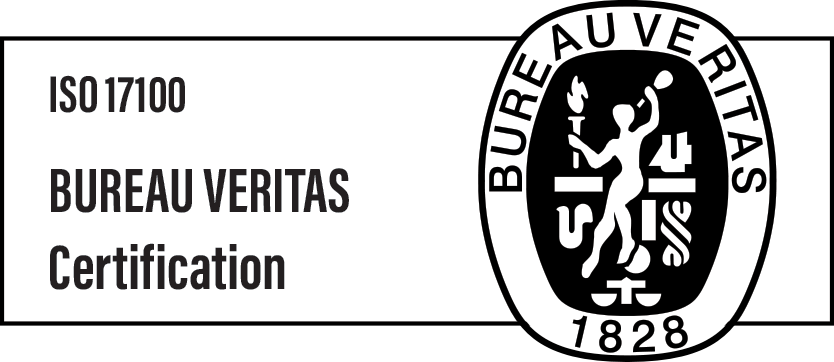Translation Errors in Pharma: What You Need to Know

When language becomes a liability
In life sciences, precision is everything. A single mistranslated phrase in a clinical trial or regulatory submission can cause delays, compliance failures, or worse, put patients at risk.
Yet translation is often treated as a final step, outsourced quickly or handed to generalist vendors. That’s where problems begin.
Global regulators like the EMA and FDA don’t just expect accuracy—they require it. Incorrect terminology, formatting errors, or inconsistencies across languages can trigger rejections, audits, or forced revisions.
This article explores real-world translation mistakes in regulated medical content. More importantly, it shows how your Language Service Provider (LSP) can help you avoid them before they become costly.

Clinical trial confusion caused by poor translation
Compliance failures: what happens when regulators push back
A major pharmaceutical company once submitted its product information to a European agency. The file included translated instructions for use and labeling. But the translations weren’t aligned with the EMA’s approved terminology.
The result? A delayed market authorization. The submission required revision and resubmission. Timelines shifted. Competitors moved faster.
Mistakes like this often stem from two causes: using non-specialist translators or failing to validate terminology. EMA and FDA guidelines are strict for a reason. Each term matters. Consistency is not optional.
That’s why leading LSPs in life sciences use validated translation memories, regulatory glossaries, and strict QA workflows. They don’t just translate—they help ensure approval.
✅ Takeaway: Regulatory translation must meet compliance standards, not just linguistic ones.

Patient safety at risk
Patient safety risks: mistranslation in clinical trials
During a multinational clinical trial, a poorly translated consent form led to confusion about side effects. Patients in one country misunderstood the risks. Some withdrew early. Others hesitated to enroll.
In another case, investigators misinterpreted a dosage instruction. The language was technically correct, but culturally unclear. The sponsor had to issue corrections during the trial.
These aren’t just “translation issues.” They pose risks to data integrity and patient safety.
Working with an LSP that understands both language and clinical workflows makes a significant difference. Expert linguists review informed consent forms (ICFs), protocols, and instructions with patient safety in mind, not just clarity.
✅ Takeaway: In trials, clear and culturally adapted translations protect both people and outcomes.

Critical term confusion
Medical terms matter: why minor errors carry significant risks
Not every translation mistake is dramatic. Some are subtle, but just as dangerous.
Take the word “dose” versus “dosage.” They sound similar. In some languages, they even translate the same way. However, in clinical and regulatory settings, they have different meanings. One refers to quantity; the other, to schedule.
In another case, a translator misunderstood “contraindicated.” The word was rendered into a general phrase like “not recommended”—a softer term with a very different implication.
These kinds of mistakes often happen when the translator lacks subject-matter expertise. Life sciences terminology is dense. It’s not just about knowing the language. It’s about understanding what’s at stake.
That’s why top-tier LSPs rely on trained medical translators. They also maintain validated glossaries and translation memory systems that catch subtle inconsistencies before they do damage.
✅ Takeaway: In the pharmaceutical industry, every term carries weight. Use linguists who know the science.

The wrong LSP choice
When the vendor isn’t ready, the cost of using the wrong LSP is
Not all language service providers (LSPs) are equipped for life sciences work. Some offer fast delivery and low prices, but lack the structure to handle regulated content.
We’ve seen cases where a generic translation agency submitted files with outdated product names, misaligned formats, or mismatched language pairs. One client discovered that five different linguists had worked on a single protocol, none of them with medical credentials.
The consequences? Costly rework, delayed filings, and internal audits.
Specialized LSPs do things differently. They build industry-specific teams, follow ISO-certified processes, and offer full audit trails. They act as partners, not vendors.
✅ Takeaway: If your vendor doesn’t understand regulation, they’re a risk, not a resource.
Mistakes are preventable—if you work with the right partner
Medical translation mistakes aren’t just unfortunate. They’re avoidable. And in a regulated industry, avoiding them is a shared responsibility.
Whether it’s ensuring EMA compliance, protecting trial integrity, or aligning with FDA submission formats, the right Language Service Provider makes all the difference. They bring not only linguistic skills but also industry knowledge, workflows, and risk management built for life sciences.
Don’t wait until a translation error becomes a regulatory issue—or worse, a patient safety problem. Make translation part of your quality strategy, not just a checkbox at the end.
Because in this industry, words can save lives—or derail them.

